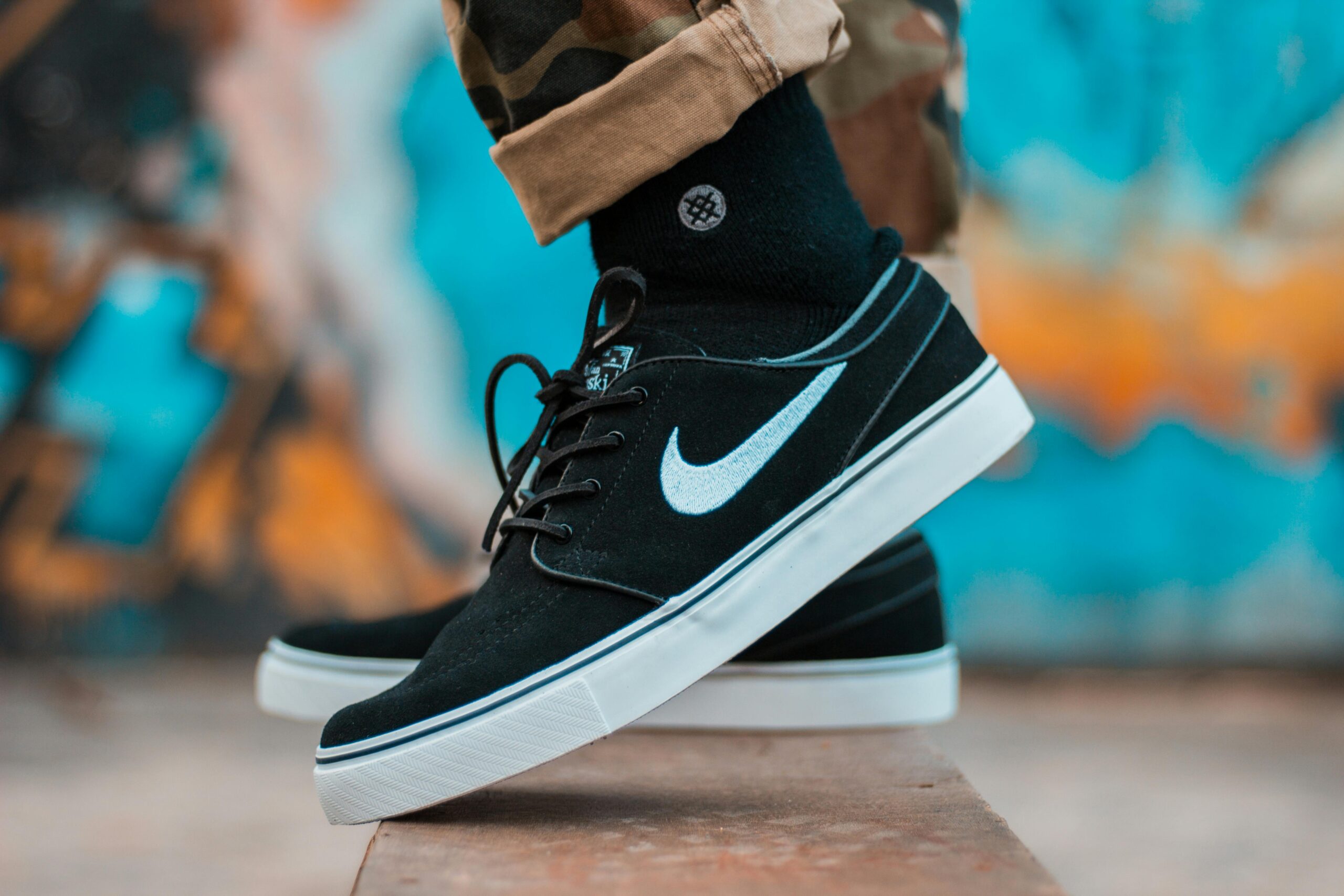Lifestyle marketing isn’t a tactic. It’s a worldview. While traditional ads sell products, lifestyle marketing sells meaning. It aligns brands with the rhythms, values, and aspirations of a target audience’s daily life.
According to Clientbook, it’s not about pushing features; it’s about telling a story people want to live. This approach doesn’t just create customers—it builds communities. It’s why Apple doesn’t sell phones. It sells creativity. Why Patagonia doesn’t sell jackets. It sells responsibility.
This isn’t fluff. It’s the business model of today.
The Cultural Contract Between Brand and Buyer
Modern consumers aren’t just buying for utility—they’re buying for identity. That’s the real power of lifestyle marketing. The right message at the right moment can transcend demographics and tap into deeper psychological and cultural motivations.
Forbes highlights how lifestyle content marketing helps brands resonate with ideal customers by showing up in their world—not interrupting it. Whether it’s curated Instagram feeds, Spotify playlists, or co-branded events, lifestyle marketing meets people where they are and becomes a part of their self-expression.
And in a world where attention is currency, that kind of resonance is priceless.
From Product to Presence: The Strategy Shift
Traditional marketing asks: How do we get people to notice us?
4Ms marketing asks: How do we belong in their lives?
Lifestyle marketing thrives on authenticity and alignment. Brands must know their values and live them publicly—from packaging and partnerships to politics. Anything less comes off as performance.
This shift requires:
- Deep audience empathy
- Long-term content thinking
- A brand voice that’s more mentor than megaphone
The result? A brand that doesn’t just occupy market space—it occupies mindspace.
Culture Is the New KPI
We believe lifestyle marketing isn’t a campaign—it’s a cultural stance. It forces businesses to answer harder questions: Who are we? What do we believe in? What kind of world do we want to help build?
Brands that lean into lifestyle marketing don’t just tell stories—they live them. They show up consistently in the culture. They build emotional ecosystems around values, not just value props.
It’s why our work in areas like sports and entertainment marketing centers not just on visibility, but meaningful visibility. If your audience doesn’t feel seen, they won’t see you.
Lifestyle marketing works because it feels less like persuasion and more like permission. Permission to belong. To dream. To align.
Brands Doing It Right
- Nike: Empowers athletes of all kinds through social commentary and personal grit.
- Yeti: Doesn’t just sell coolers—it sells rugged outdoor aspirations.
- Glossier: Turns makeup into community, not cosmetics.
These brands succeed because they choose alignment over mass appeal. They’re polarizing—and proud of it. In doing so, they’ve created cult followings with real business impact.
Takeaway: Sell a Lifestyle, Not Just a Label
If your brand vanished tomorrow, would your audience notice—or care?
That’s the gut-check question at the heart of lifestyle marketing. If you want to grow with your audience, you must reflect their values, aspirations, and energy—not just their wallets.
So before your next campaign, ask:
- What lifestyle are we endorsing?
- Where does our audience spend emotional energy?
- Are we adding to their lives or just advertising in them?
The goal isn’t just to stand out. It’s to stand for something. Because in a saturated market, identity is everything—and lifestyle marketing is how you earn your place in it.

